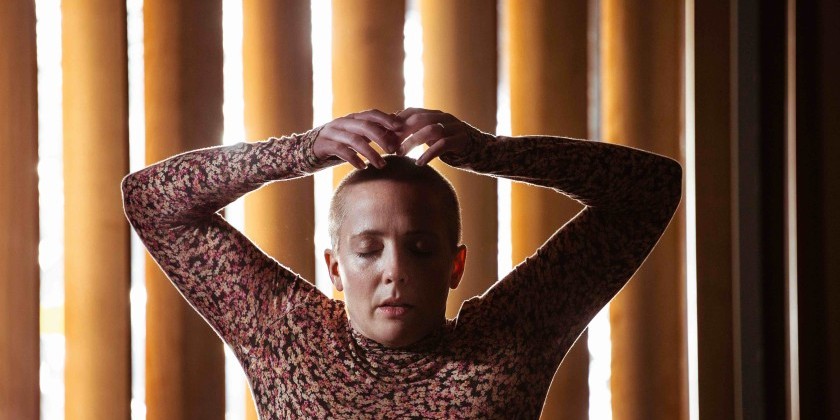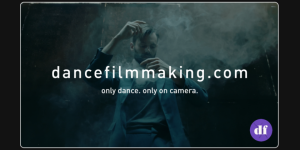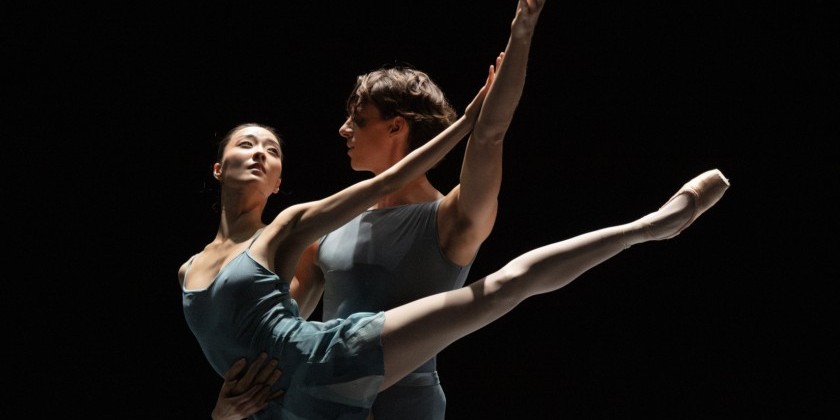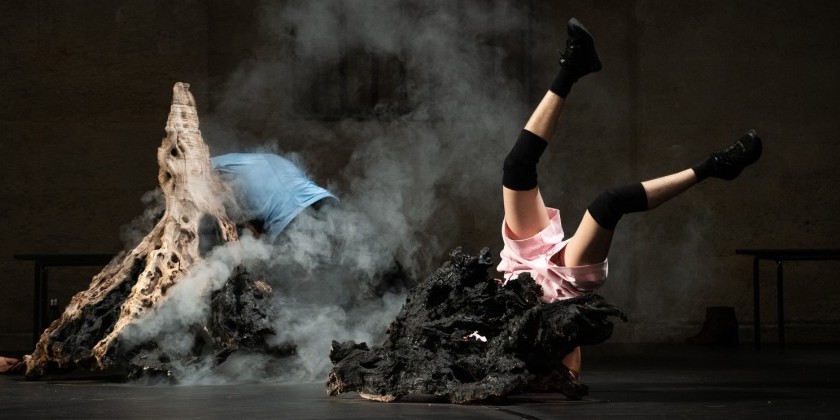IMPRESSIONS: "Danse Demain" (Dance Tomorrow), a Dance Film Directed by Dounia Zellou

Danse Demain (Dance Tomorrow)
Director: Dounia Zellou
All artists: Klara Beyeler, Sheherazade Boyer-Tami, Patrick Germain-Thomas, Isabelle Layer, Christine Leroy, Paloma Lopez, Clint Lutes, Suzanne Meyer, Clément Noël, Fleur Profinet, Bolewa Sabourin, Chang-Thona So, and Catherine Vasey
“What if dance had a new role to play in our societies?” Dounia Zellou explores this question in her film, Danse Demain (Dance Tomorrow). Studies continue to verify dance's physical and mental health benefits, yet dance is seldom integrated into institutions like hospitals and businesses. While dance does exist in schools and universities, it often seems to be marginalized, underfunded or included as an afterthought. With participation from an array of dance experts in France, Danse Demain highlights the powerful role dance can play in healing, connection, communication, and developing a sense of agency, wellbeing, vitality and joy.

As a young black man in France, Bolewa Sabourin used dance to deal with his anger and to respond to the violence he has experienced in his life, from the civil war in the Congo, to the institutional and communal violence he encountered on emigrating to France. For Bolewa and his friends, rather than continuing the cycles of violence, dance offered a different way of expressing their suffering. Co-founder of LOBA, he supports victimized women as they transcend the trauma and violence they have endured. He has found that dance is a key element in helping these women reclaim their voices and a sense of empowerment.

Fleur Profinet, who has been using Dance Therapy to help deal with breast cancer, believes “it is actually joy that you’re putting into your cells” when you dance — and that keeps you going, she says.
Dance Therapist Sheherazade Boyer observes that cancer freezes everything, the person and their environment, and that dance brings movement back into people’s lives.
Clint Lutes brings dance to those dealing with Parkinson’s Disease, while Suzanne Meyer introduces dance to parents and their children.
Klara Beyeler slides, rolls and folds lusciously, while Paloma Lopez gathers the power of Flamenco with statuesque precision.
Philosopher Christine Leroy highlights the deep need we have for a body that is not an object defined by weight, size or image, but a body that feels and moves; a body that we live in as we live in our world. Although the body can be and certainly has been perceived as a source of hedonism, Leroy believes that our moral sense is actually dependent upon the body.
Researcher Patrick Germain-Thomas attests that there is no contradiction between imagination, sensitivity and rationality. We can be rigorously rational without losing access to our creativity and awareness. We need dance in schools and institutions he says, but we do not know it yet.

Each participant has a story to tell, and each story is compelling. Dance creates space to connect with ourselves and one another, where we can feel whole, play, explore and express our inner being while releasing the stresses and pressures that build up in a world that often denies our physicality and our humanity. In a burgeoning high-tech, hyper-cyber world, our disconnection and distance from our bodies and from one another keeps increasing. The need for an antidote to these ills will also continue to increase. With a younger generation valuing quality of life and a healthy work-life balance, even employers will need to consider new ways of supporting wellbeing and connection, teamwork and creativity. We are shown how dance offers solutions to these diverse needs.

As much as I agree with everything this film shares, one cannot deny the question that is left unasked: Will dance really be embraced as part of the solution? We, in the industrial world have been in flight from life and from our humanity for so long now, we seem to have forgotten how to feel. Can we ever get past our aversion to feeling our discomfort and vulnerability to be able to tap into the vitality, connection, deep joy and wisdom dance offers? We have inherited centuries of fear and disdain of the body, which corresponds with a fear and disdain of nature, women, and whatever we perceive as ‘other.’ Embracing the body through dance is also embracing life. But are we willing? Do we dare?
My experience in the martial arts revealed the deep, unconscious scorn many have for dance because it is perceived as feminine, gentle, weak or decorative. It is far more than this, and anything but weak. But with so many centuries of conditioning, I wonder if we might need a new word to embrace the totality of dance, like ‘Movement Experience’ or ‘Animate Intelligence.’ This new role dance might play in our societies encompasses all that dance has ever been. It is not a new role for dance, it is simply a new relationship with a world that has forgotten the power and place of dance.

Fleur Profinet says, “Don’t wait until you are sick to make your body happy. And for those who have a challenge, like me, don’t wait to give it a try. There is nothing to lose.”













